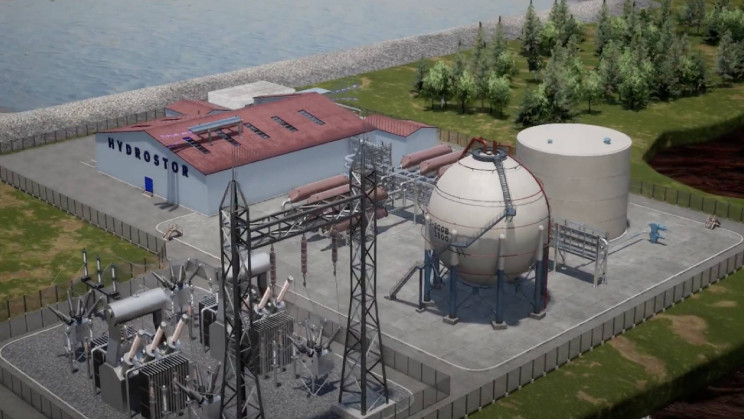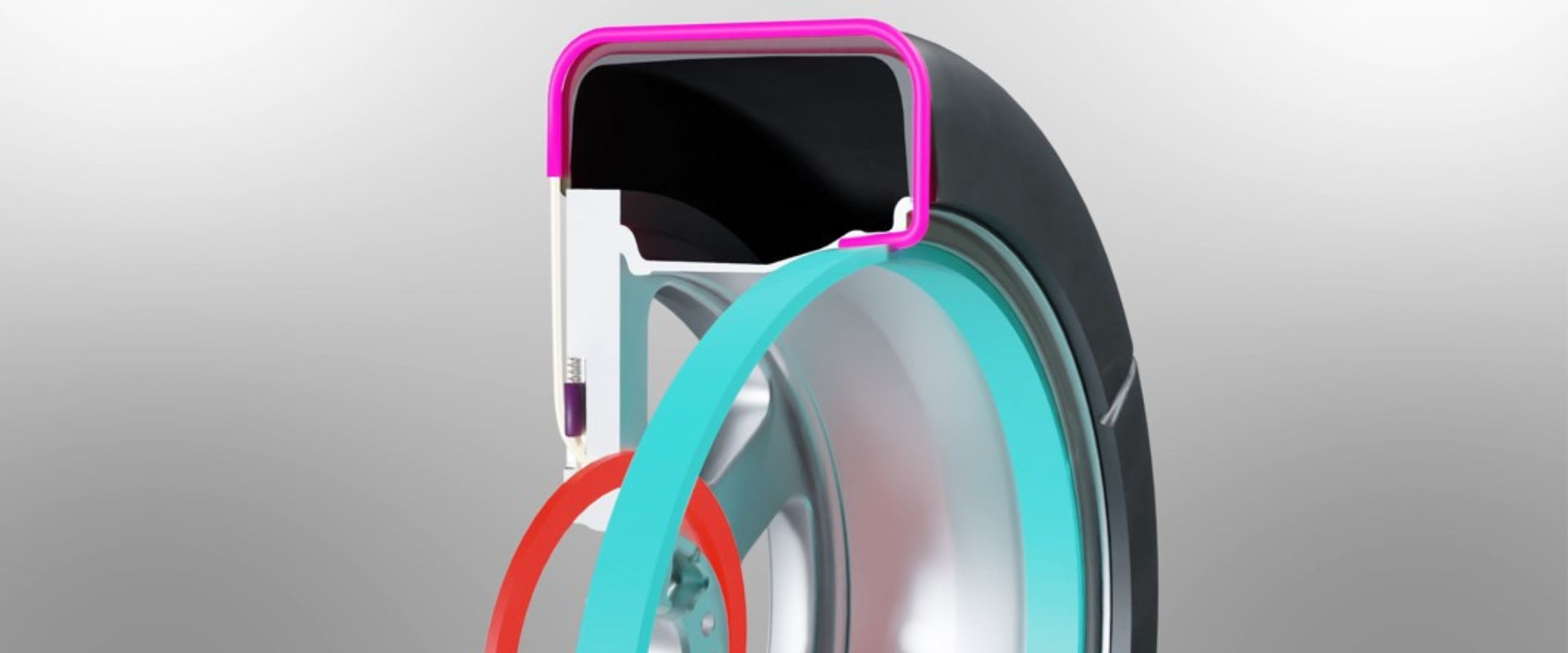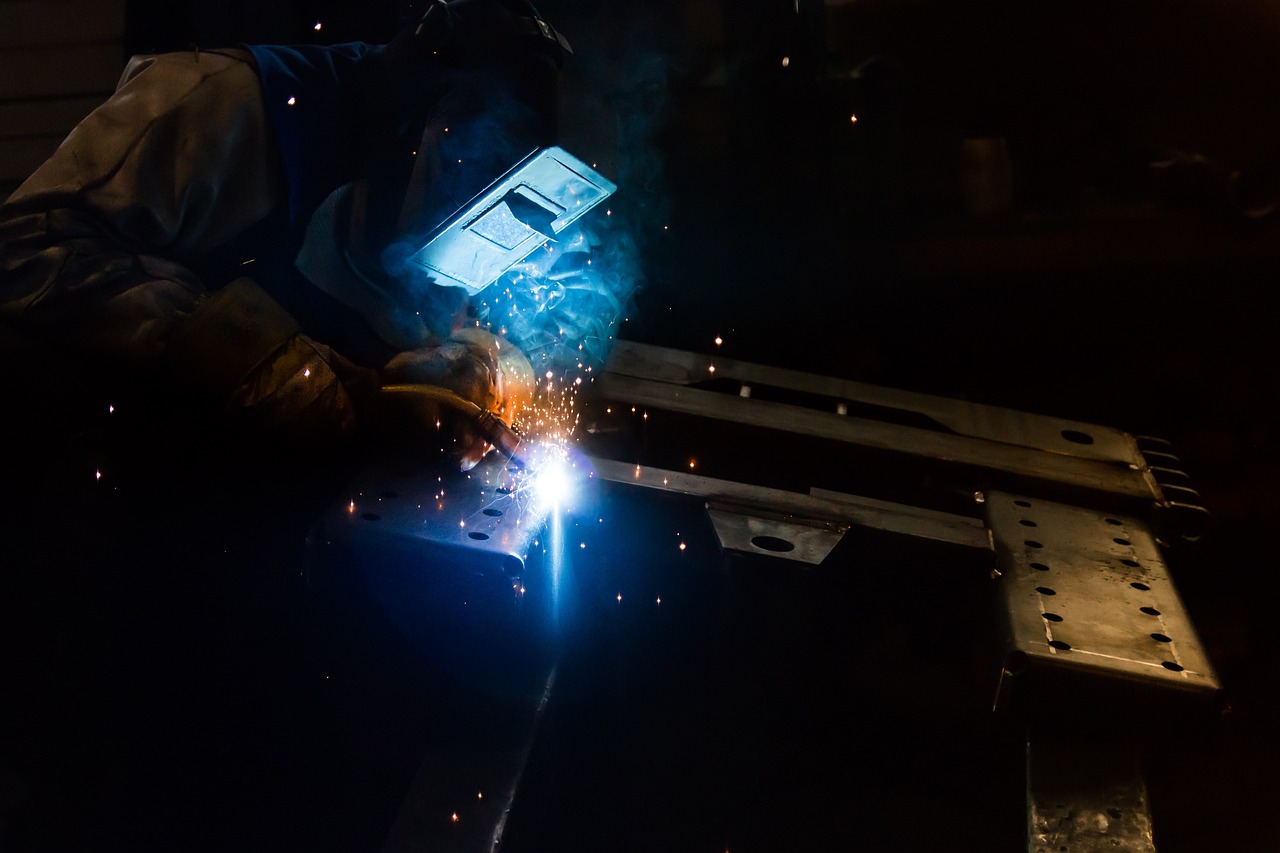A Canadian company is developing two 500MW/5GWh ‘advanced’ compressed-air long-duration energy storage (A-CAES) projects in California. Each of these projects would be bigger than the current record holder. This makes each of these two the worlds’ largest non-hydro energy storage system ever built.
The units are designed by the Canadian firm Hydrostor. Both the facilities will have an output of 500 MW and be capable of storing 4 GWh of energy. The company is hopeful that both projects will be commissioned within three to five years.
How the technology works
CAES is a type of battery that uses excess electricity from the grid to produce energy. The surplus electricity is used to run a compressor that produces heated compressed air. The heated compressed air is stored inside a purpose-built underground cavity, where hydrostatic pressure pushes it back to the surface. Then it is re-heated by the thermal store and directed through a turbine for generating electricity.
CAES systems are better than conventional batteries
CAES system can store energy for longer periods. These are cost-effective and have less upkeep. These batteries can also be placed anywhere the grid needs it.
Although Lithium batteries are better in terms of immediate response to demand. But lithium batteries have a definite cycle life, and their cells will need regular replacement.
Hydrostor CEO Curtis VanWalleghem, said, “Long-duration storage is essential for decarbonizing the California electricity grid and integrating the renewable energy that is already developed in the state. Our A-CAES technology utilizes only existing, proven components that are repurposed from conventional power generation into an entirely emissions-free and low-impact storage technology,”







